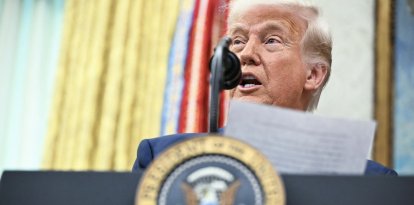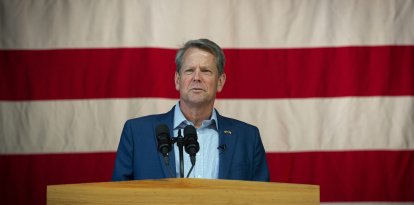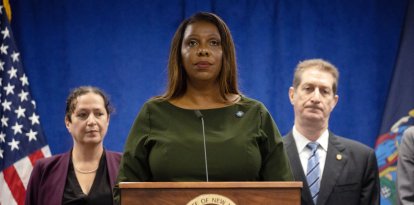Trump considers options for dismantling the Department of Education
Officials discuss an order to eliminate functions and redistribute certain responsibilities to other agencies.

Donald Trump / Mandel Ngan
Donald Trump's administration is evaluating the implementation of executive actions to dismantle the Department of Education. The move is part of a broader effort backed by billionaire Elon Musk that aims to shrink the size of federal agencies.
According to the Wall Street Journal, officials are discussing the possibility of an executive order eliminating all department functions not explicitly stated in its statutes. In addition, certain responsibilities could be shifted to other agencies.
A step closer to a campaign promise
This measure would represent a significant advance in Trump's agenda, aligning with his commitment to reduce federal government intervention and grant states greater control over their education systems.
The former president has promoted initiatives to eradicate what he considers "radical indoctrination" in schools, encourage school choice and combat antisemitism on college campuses. These actions seek to offer more freedom and choice to parents and students.
Despite the momentum, Trump's team is still evaluating the details and timing of issuing the order. Some advisers suggest waiting until after Linda McMahon's confirmation hearing as education secretary, which still does not have a scheduled date.
Challenges and opposition
Conservatives have strongly criticized the department's policies under the Biden administration, especially on issues such as student loan forgiveness and the extension of sex discrimination protections to LGBTQ individuals in schools. However, completely dismantling the Department of Education would require congressional approval, which poses a considerable challenge.
Resistance in Congress and concerns about the merger
The proposed merger sought to consolidate functions and improve government efficiency. However, the initiative faced significant resistance in Congress, where lawmakers expressed concerns about the feasibility and impact of combining two departments with distinct missions.
Despite the challenges, this reform attempt demonstrated an open debate about the efficiency of the government apparatus and the possibility of making adjustments to improve its functioning. The discussion about the size and role of government is still ongoing, which leaves room for future proposals.
RECOMMENDATION






















